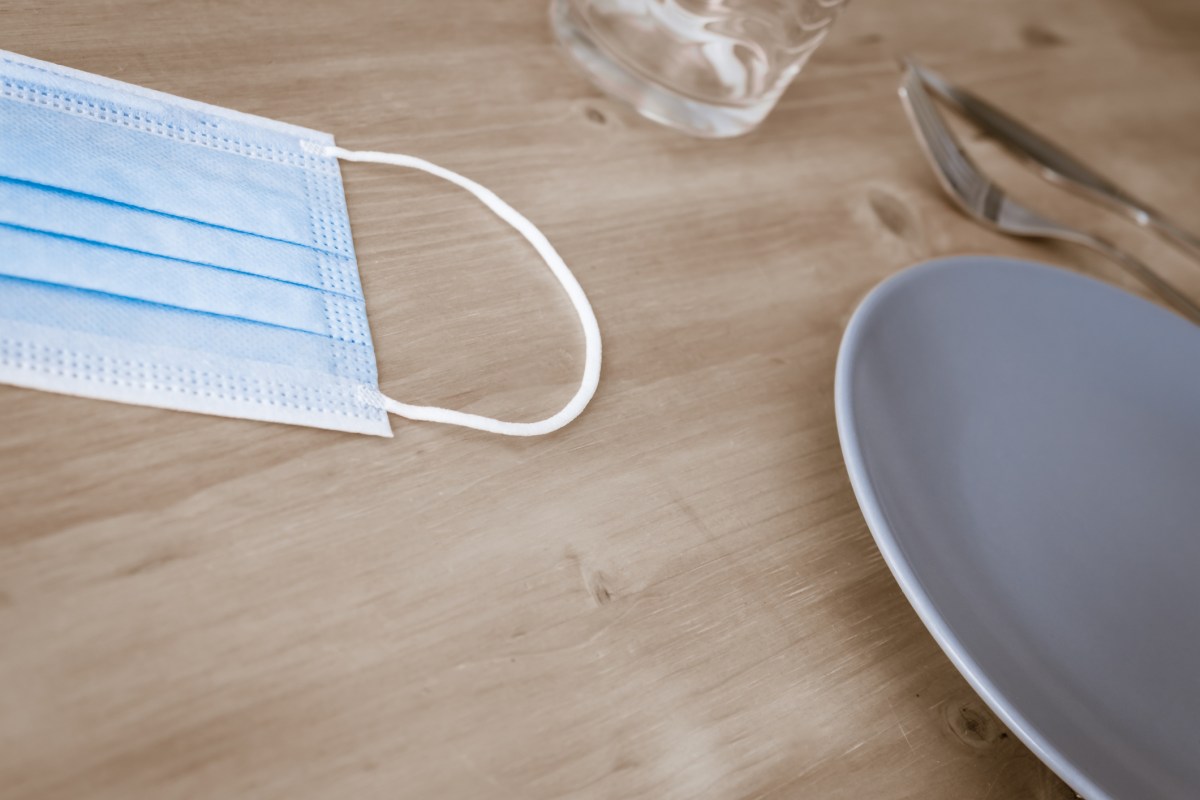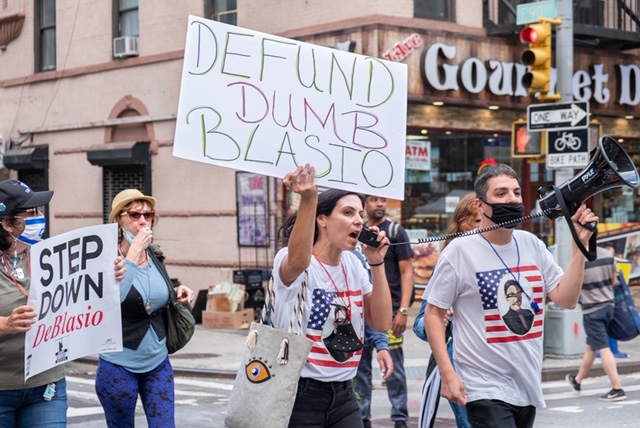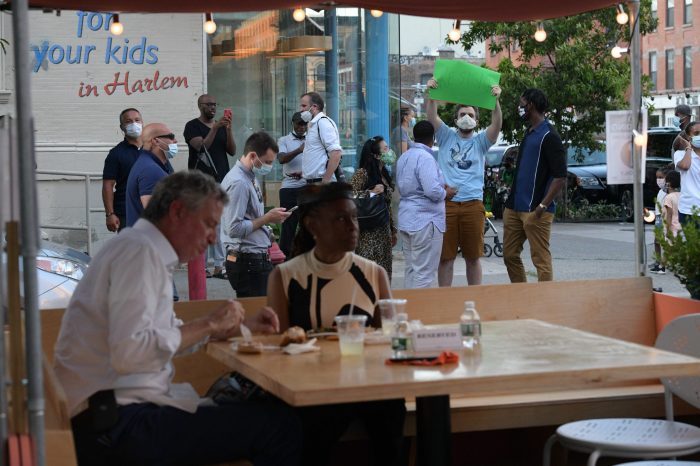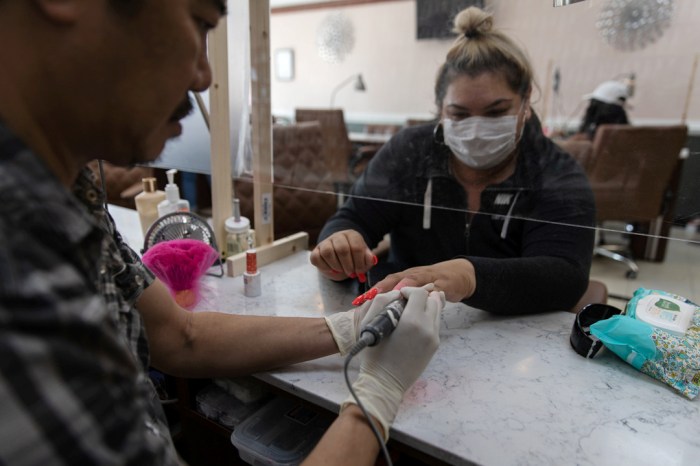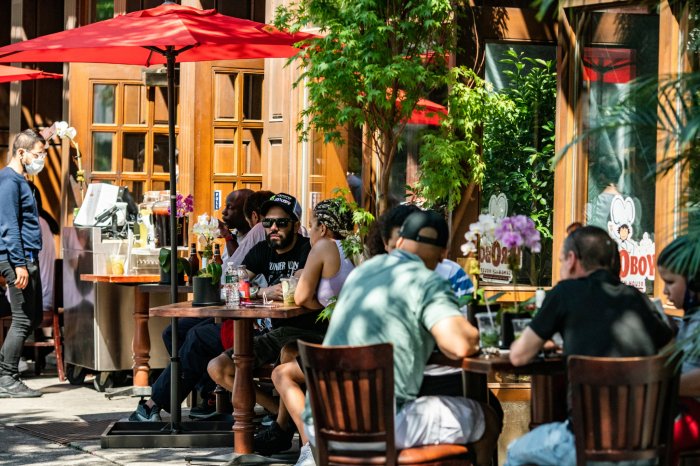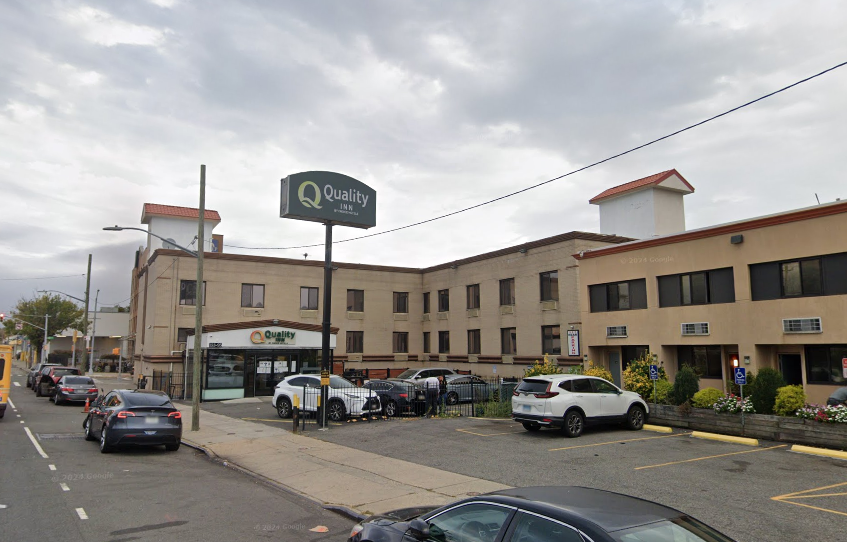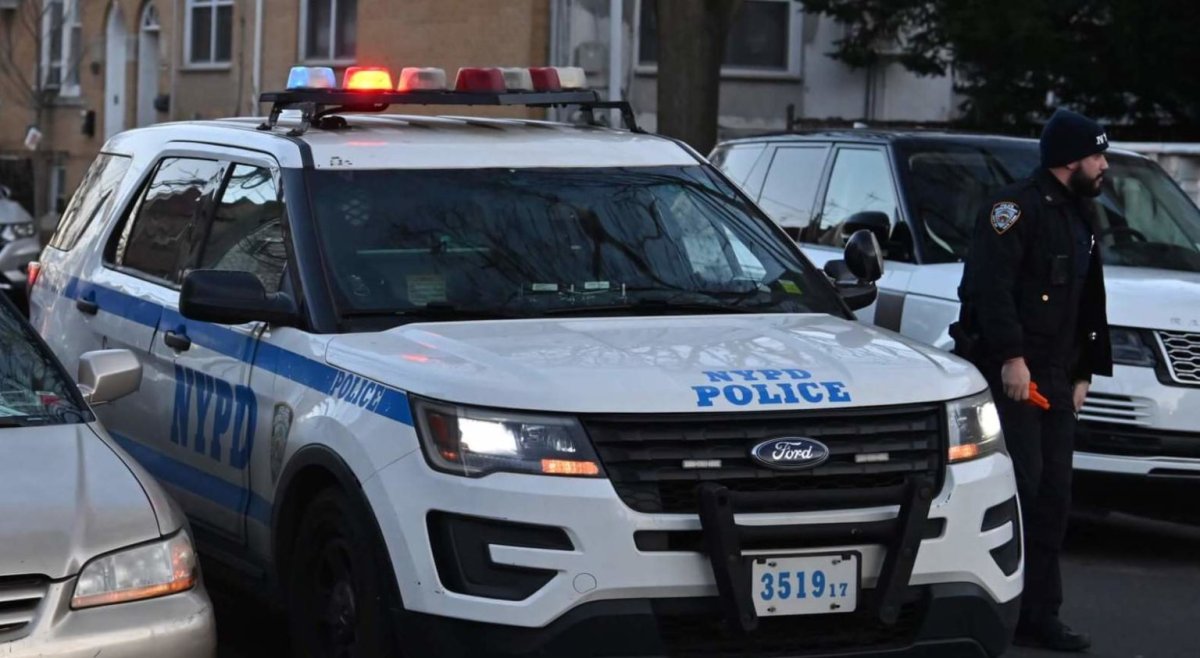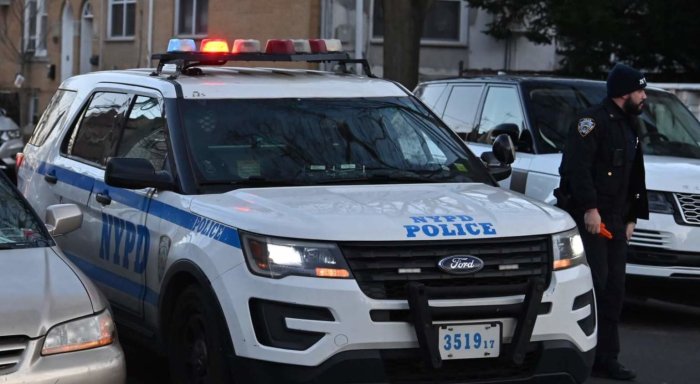On the eve of another round of shutdowns for indoor dining across the five boroughs, ideas abound for the restaurant industry to survive what politicians deem the last leg of the COVID-19 pandemic.
Councilman Justin Brannan floated a proposal on Sunday to the state in that they hold off collecting sales taxes in the next nine days, instead treating that those funds as grants to help sustain some businesses until the vaccine reaches critical mass.
“Government-mandated shutdowns and restrictions without any economic support for those impacted is unacceptable. While we wait for the federal government to get their sh-t together, there is plenty NY State can do,” Brannan tweeted. “I will also lay down my frying pan and stop cooking at home. I’ll order at least one meal a day from a local restaurant and when it’s not freezing, I will continue to dine outside.
Pfizer’s new COVID-19 vaccine shipped Sunday morning from its manufacturing facility in Kalamazoo, Mich. for distribution to all 50 states, but experts say it could be the spring before the general population can get access to it. For now, New Yorkers will have to settle for the 170,000 doses, enough for 72,000.
Among Brannan’s other suggestions were a reimbursement to bars and restaurants for prepaid liquor license fees and taxes, renewing all licenses automatically with all fees waived until businesses can serve at 100% capacity again, allowing outdoor dining until 10 p.m. and alcohol to-go.
Over the course of recent weeks and hospitalizations and infection rates have been on the rise, Governor Andrew Cuomo has considered a second indoor dining ban if the numbers do not improve and on Friday, the other shoes dropped.
As reported by amNewYork Metro on Friday, about 20,600 people have tested positive for the virus over the course of last week, an increase from the estimated 17,300 weekly cases averaged over the last four weeks. Hospital capacity has been the primary factor for the Cuomo administration’s decision-making, the number of daily hospitalizations had jumped from 71 to 180 since Nov. 11, according to city data.
With recent admittance from the governor that few COVID-19 cases are traced back to indoor dining, and rather “living room spread” being one of the most common factors, restaurants on bars gave Cuomo some backlash over the decision to limit operations in the five boroughs.
Cuomo’s decision was also guided from Centers for Disease Control recommendations issued last week: “Exposures at nonessential indoor settings and crowded outdoor settings pose a preventable risk to all participants. Indoor venues, where distancing is not maintained and consistent use of face masks is not possible (e.g. restaurant dining) have been identified as particularly high-risk scenarios.”
Upon indoor dining’s return in late September at only 25% capacity, Mayor Bill de Blasio acknowledge what even limited freedom can do for the industry estimating that at least 100,000 laid off service workers were able to reclaim employment, if just for a few months as the northeast saw a temporary reprieve from the devastation experienced until June.
“Look at what we had today – for the first time, unfortunately, all three of our indicators are past their thresholds. That’s a second wave. We have to fight it back to save lives and we have to fight it back to start our recovery,” de Blasio said Friday. “More and more people get infected, our hospitals start to get stressed and then get to the point where they can’t provide the service that people need. That puts lives in danger. I guarantee you, if that keeps happening, then it’s going to be a lot longer time before we’re able to recover economically.”
Brannan’s suggestions for service industry relief came at the heels of the failure of elected officials in Washington D.C. to come to an agreement on what would only be the second stimulus in the nine month health crisis.



